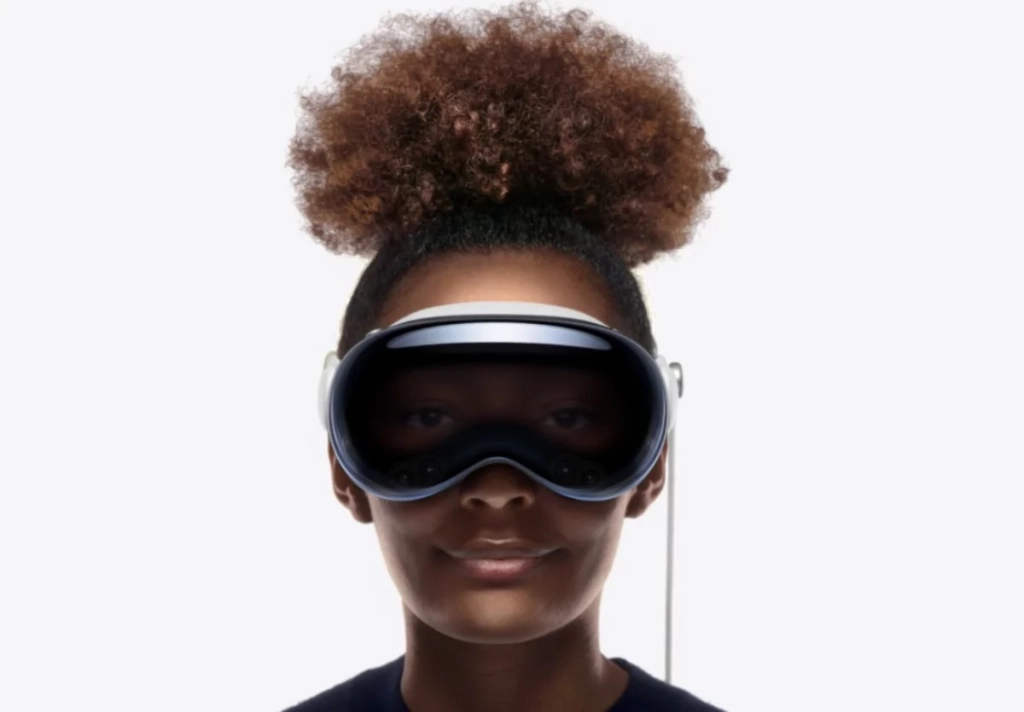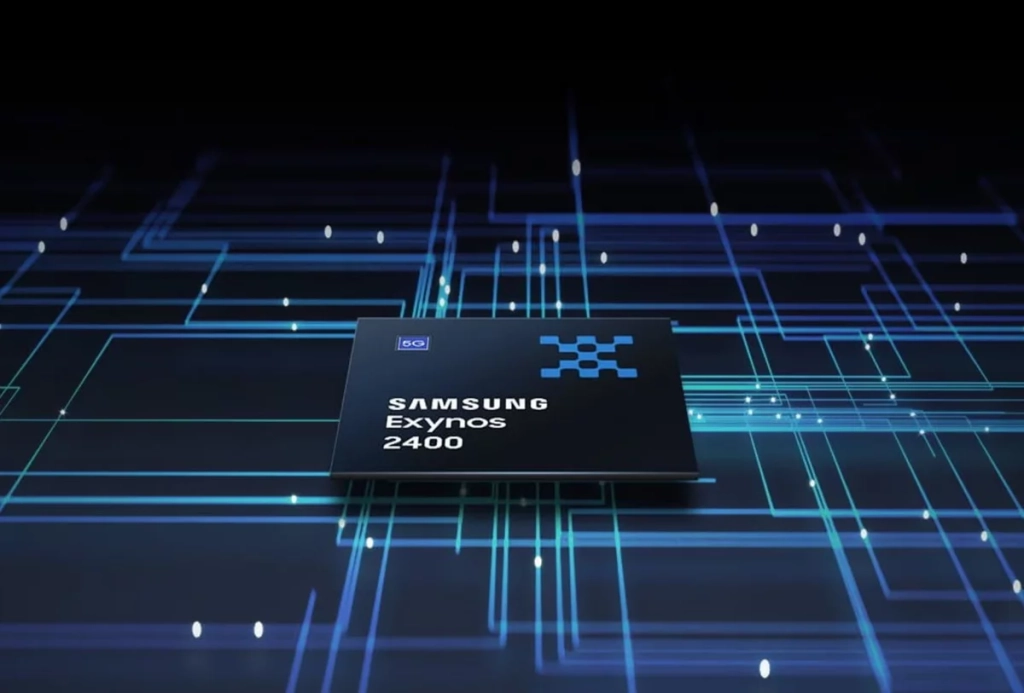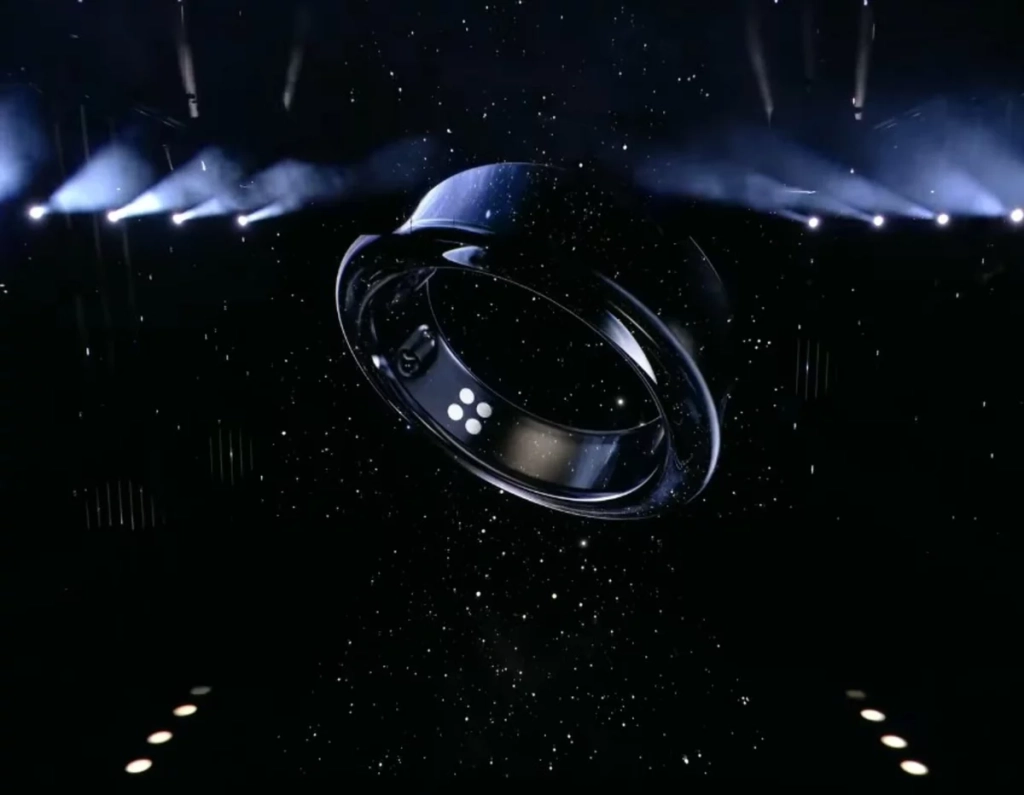NASA celebrates a collision with the small moon of a small asteroid. It should be a big step on the way to better protection of planet earth.

NASA’s Dart crashed into the asteroid moon Dimorphos as planned. The team of scientists celebrates this success. Even choosing the right course was a challenge for darts. The probe had to match a map of known stars with its own camera footage to calculate the correct direction – at a speed of four miles per second. The slightest mistake would have meant Dart missing Dimorphos.
Now the anxious waiting begins for the researchers: What effects does the impact actually have? How big is the impact on the unknown surface of the asteroid? And is it actually possible to influence the orbit of the asteroid Didymos? So far no one had tried to influence the orbit of a celestial body. Dimorphos orbits Didymos at a distance of about 1.2 kilometers, the two are currently about 38 light seconds from Earth.
The aim of the project is to prove that humans can decisively influence the trajectories of asteroids. That would open up a chance to avert a devastating asteroid impact on Earth. Didymos and Dimorphos themselves are not on a collision course with Earth; the project serves as a test to prove the suitability of the method in practice. Given enough lead time, even the slightest change in an asteroid’s orbit could be enough to steer such celestial bodies past Earth.
A small change with a big impact
The hope is that the impact will shorten Dimorphos’ roughly 12-hour orbit by at least 73 seconds, but maybe as much as 10 minutes. It is not clear how quickly this can be demonstrated from Earth. It could even take a few weeks.
Dart made its way to colliding with the asteroid moon in November last year. Because the mass is modest, the speed must be particularly high for the impact to have an impact.

On September 11th, Dart deployed the small Italian probe LICIACube, which put some distance between itself and Dart. Three minutes after the collision, she was supposed to take photos of Dimorphos from 40-80 km away and look for tracks.
That’s close enough for good photos showing what the surface is like, how big the impact is, and how much material is being ejected into space without endangering LICIACube itself. The Italian probe should then photograph the far side of the celestial body. The recordings have not yet arrived on Earth. ESA’s Hera mission will launch in 2024. She is to investigate the effects of the impact on the site in more detail.






Leave a comment